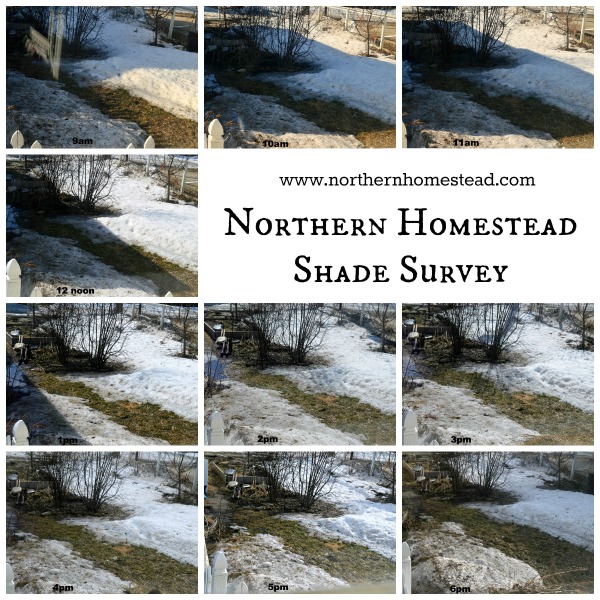
Did you know that in April, the day length is the same as in September? That means if there is shade in April, there will also be just as much shade in September. There might be even more because trees do not have leaves in April, but they do in September. It is a good idea to do a shade survey in April to see how much shade the garden area will have. You can map the sun in your garden easily with a shade survey. Here is why and how.
Why do a shade survey
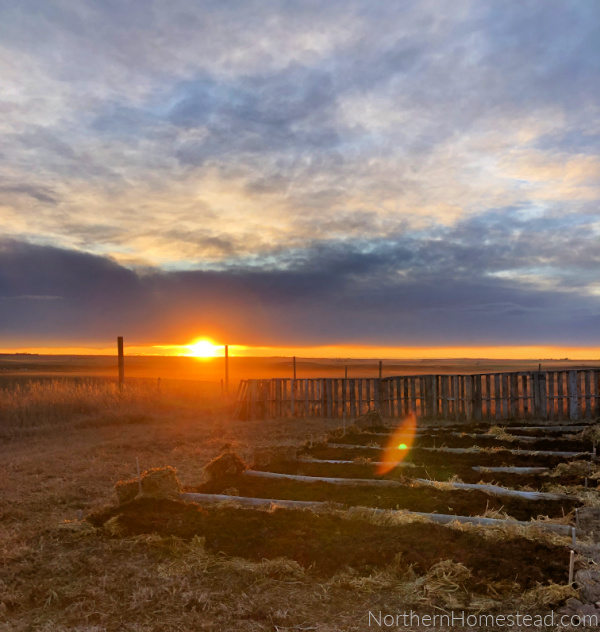
To plan your garden for optimum yield, you need to know your sunshine conditions. You want to have at least 6 hours of direct sunlight for a vegetable garden. Some heat-loving plants need even more. The ideal garden should have morning and midday sun and some shelter from the afternoon sun. In cooler climates, it is good to have sunshine all day.
To grow the right plants in the best light conditions, you need to know where there is full sun, partial shade, or full shade in your garden. If you only have morning sun, you can still grow lettuce, herbs, radishes, peas, and other cold-weather plants. If you have a lot of afternoon and evening sun, the place is better suited for warm-weather plants, such as tomatoes and zucchini.
Even if you do not have the optimum solar conditions, you can still grow a garden. Unfortunately, a cold-climate edible garden in total shade will not produce. Choose ornamental perennial plants for a shade garden instead.
Note also that there are different types of shade. Large trees might still let through a small amount of light while there is no sunlight on the north side of a building. That shaded area is better for a seating area to relax in the heat of summer.
Before starting a garden design, map the sun in your garden.
How to do a garden shade survey
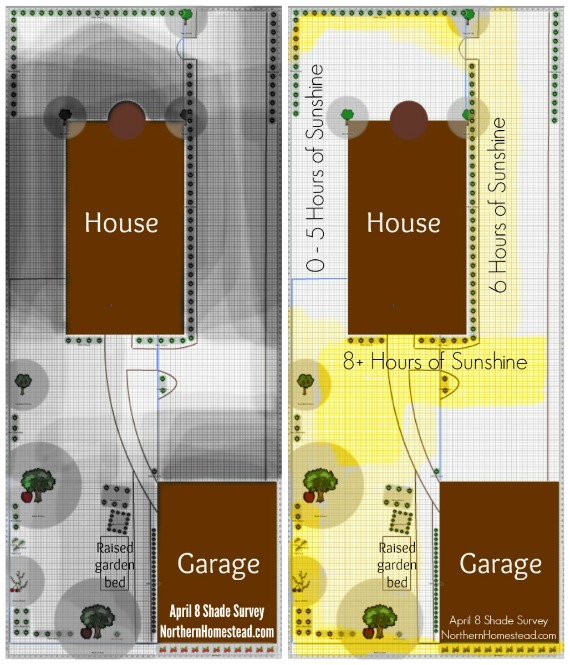
There are many ways to do a shade survey. Start by making a simple map of your lot and garden area. You can use a piece of paper or an online tool.
Buildings, large trees, fences, etc., can all create shade areas. Deciduous trees usually do not have leaves in early spring, but they will during the summer and early fall. Evergreen trees can lead to deep shade all around them. On your sun map, you can mark all the shady areas. The south side has full sun, the east and west have partial shade, and the north has dense shade.
If you want to know more precisely how much light the garden gets, choose a sunny day and mark every hour when there is sunshine on your sheet of paper. So, the most colorful spots are the sunniest.

You can also take pictures of the main garden area every hour. It is an easy way to see how the shade is moving. Doing it in April before the garden season starts will help you know where there will be more or less shade at the end of the growing season. The farther north you are, the more prominent will be the difference between how much shade you get in early spring and fall compared to mid-summer.
I am happy I took the time to do this before we started designing our urban garden. There were a few surprises. I had assumed that the back of our backyard was the sunniest; it is not. The front of our backyard and part of the driveway has the most sunshine. Also, there are places in the front yard with 8 hours of sun; I thought there weren’t even 6. This was helpful when planning the garden to replace the lawn with food production.
Making a sun map for a more extensive area
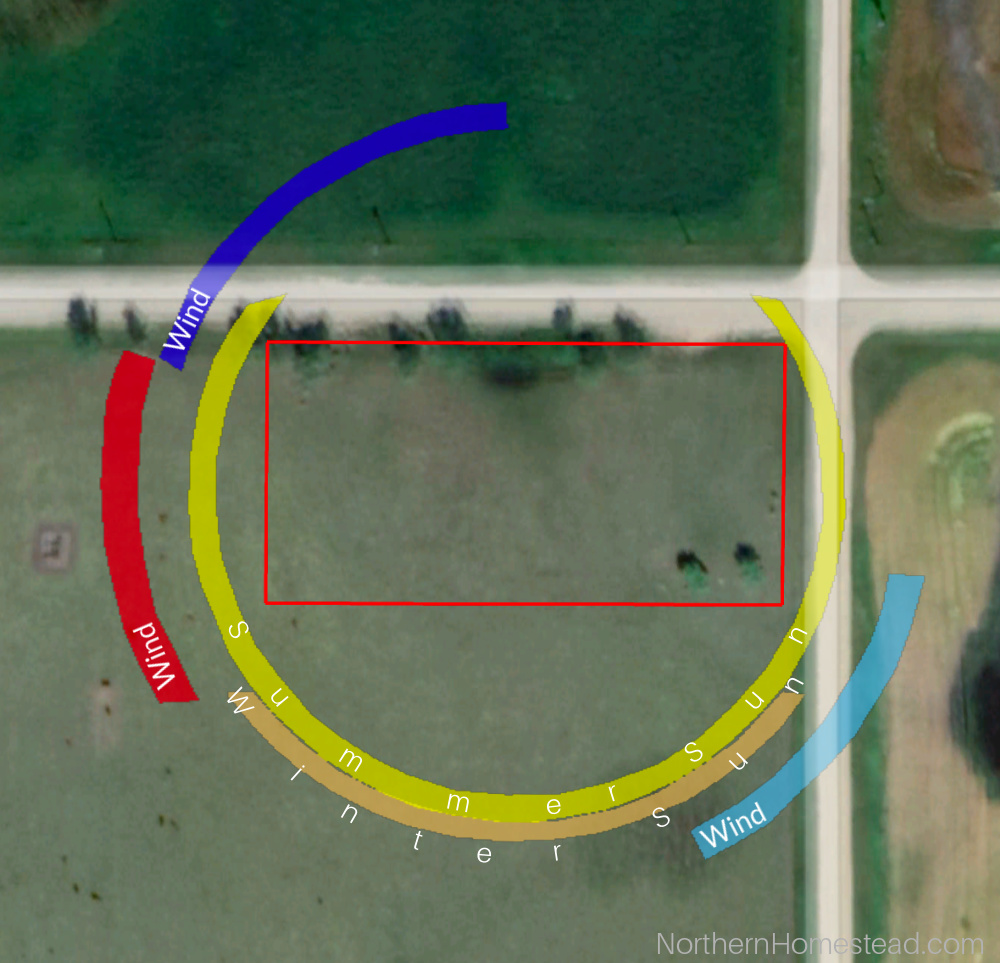
This is unnecessary for an urban or just a garden area on your acreage. However, If you are trying to make a sun map for a bigger area, like an acreage, Google Maps can help. It is a free online tool that you might not even think about. Find your place on it; north is always above, east to your right hand, south down, and west to your left hand. The sun wheel in the picture above was created during my Contour Map Generator training, which is included either with the Basic contour map or comprehensive map generator package. We highly recommend it if you want to know more about your light conditions, among other great information.
You can see that during the summer months, the sun circle is very different than during the winter months. Sun exposure for a more extensive area is significant if you plan a greenhouse. The hours of sunlight or sun path will be very substantial between summer and winter, as will the sun angle as the seasons change. Read more about this in our 8-year update for winter growing. While in the garden, we are only concerned about plant selection of the type of shade; when building a greenhouse, we want to get the most for the season we want to grow in.
The more extensive sun map is also helpful when planning and planting trees. As well as a shelterbelt or fruit trees. Slow-growing trees will take years before they affect the available light surrounding them. Evergreens need special attention; they grow dense and tall. If you are designing a garden or greenhouse for many years to come, take note of them.
Additional info for cold-climate gardeners
Use microclimates: Windbreaks will warm the spot, suitable for cold-climate gardens. A slight slope to the sun will work for you, but a slope away from the sun will work against you. Read more about microclimates in a garden here.
Raised beds help to warm up the soil. See How to Create a New Garden Bed. To add some heat you might want a window protected garden.
For heat-loving plants, you will need a greenhouse in the sunniest part of your garden. Read more about what greenhouse to choose.
And if you are interested in an update on our garden six years later, here’s how we turned our yard into a garden.

Don’t forget to subscribe to Northern Homestead and follow us on Instagram, Facebook or Pinterest for the latest updates.

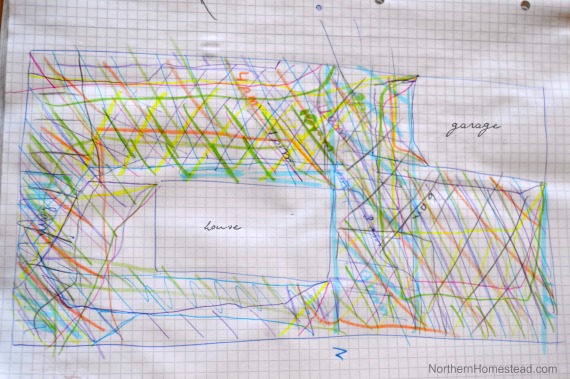
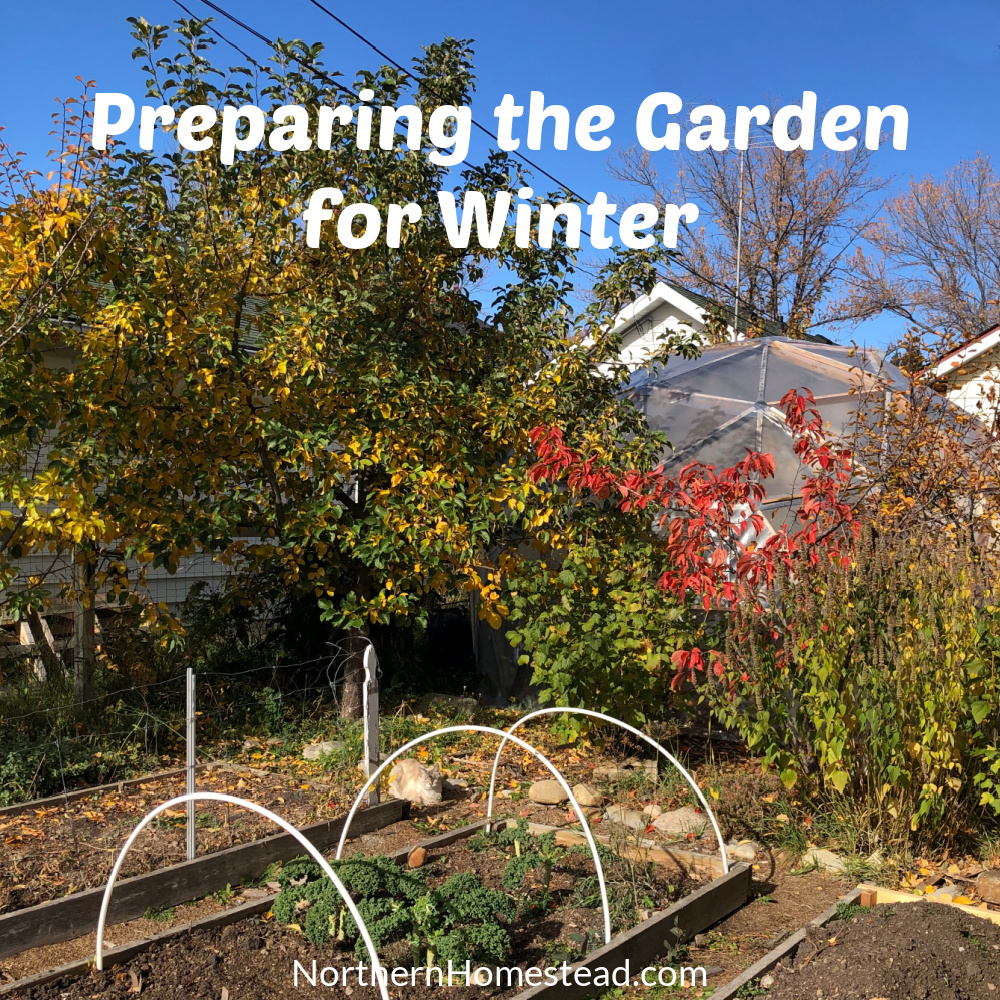




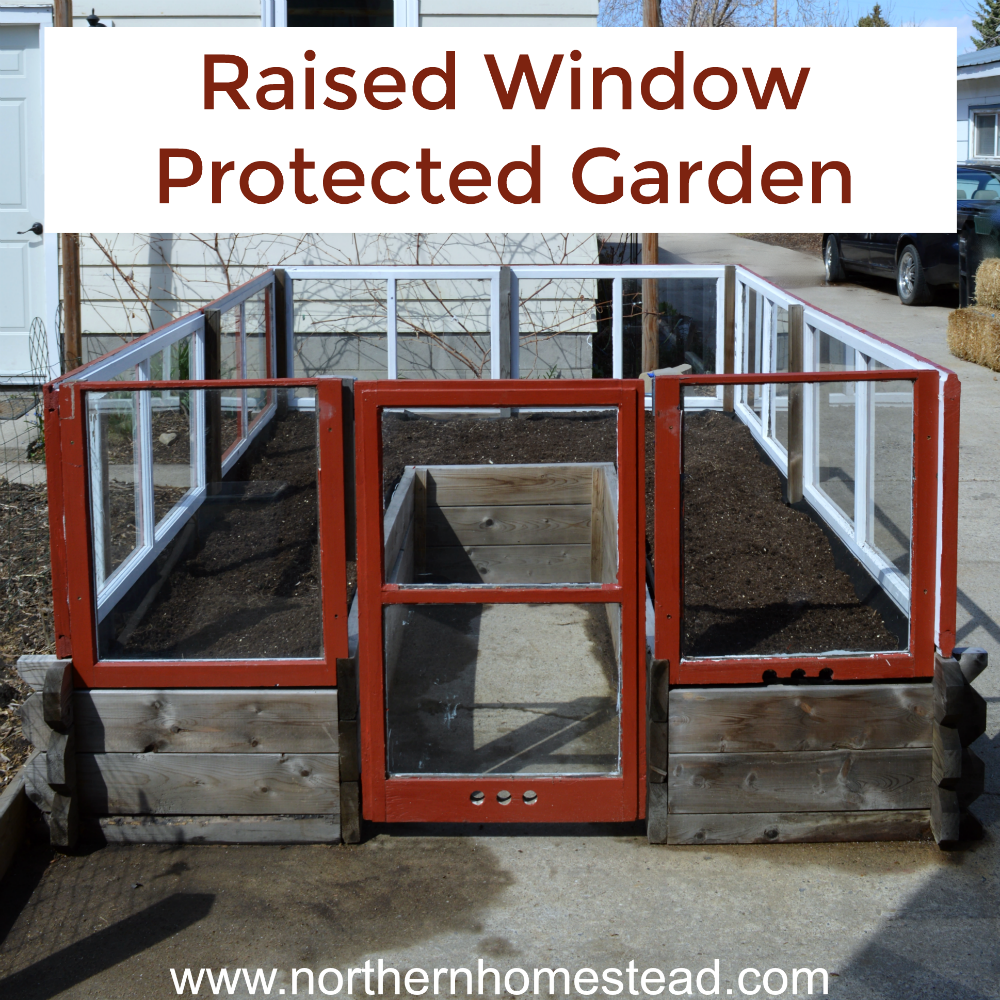
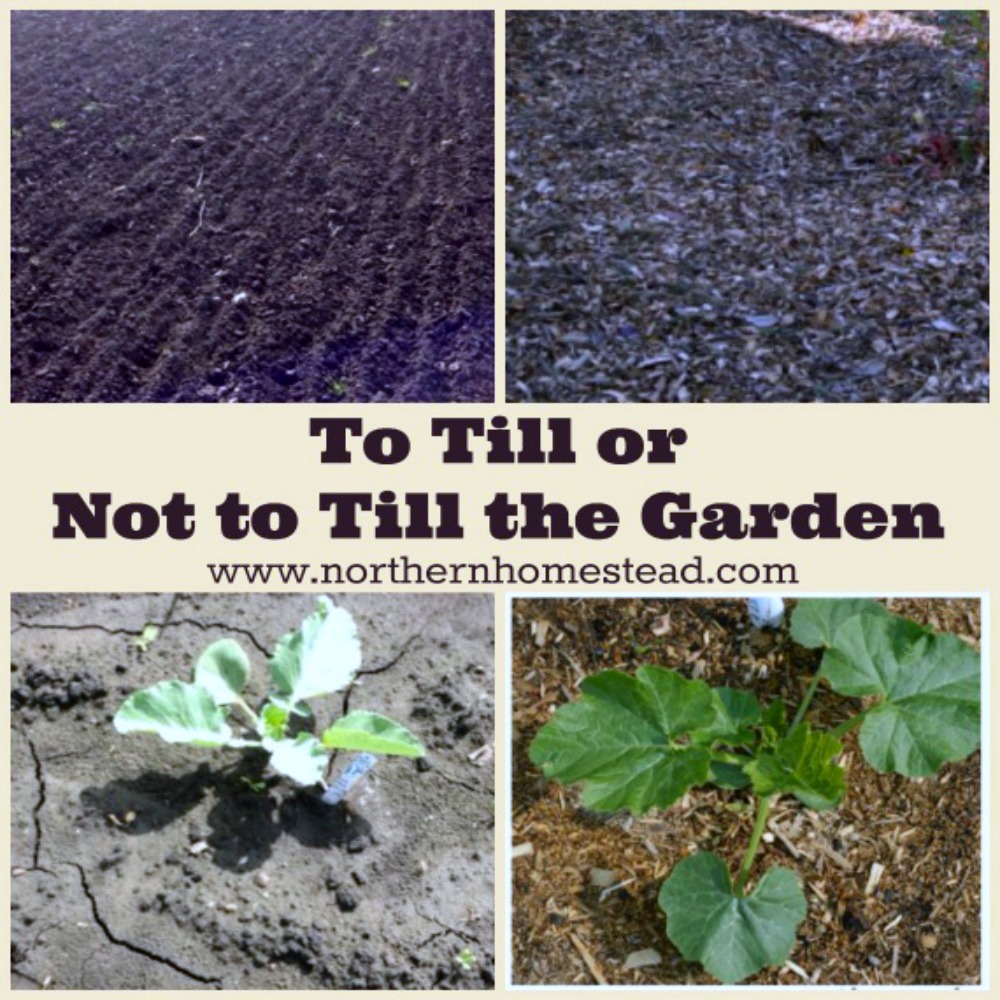

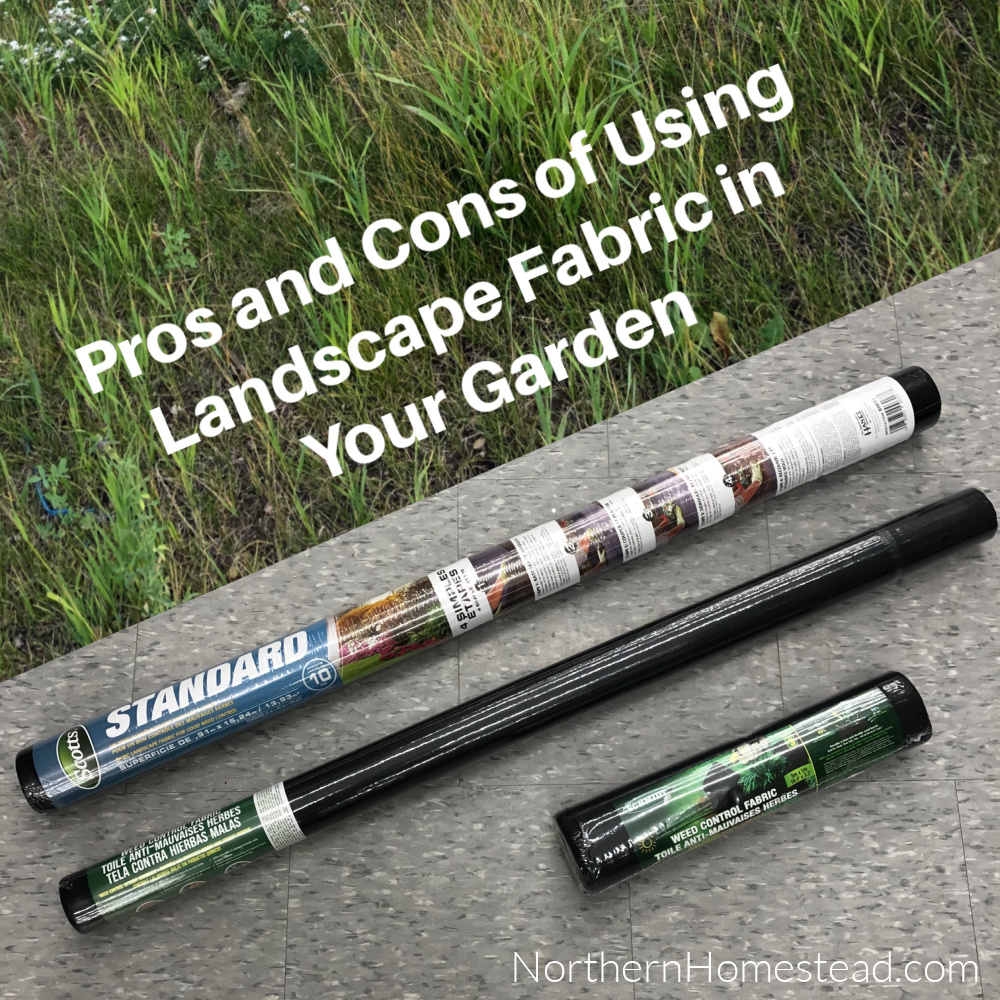
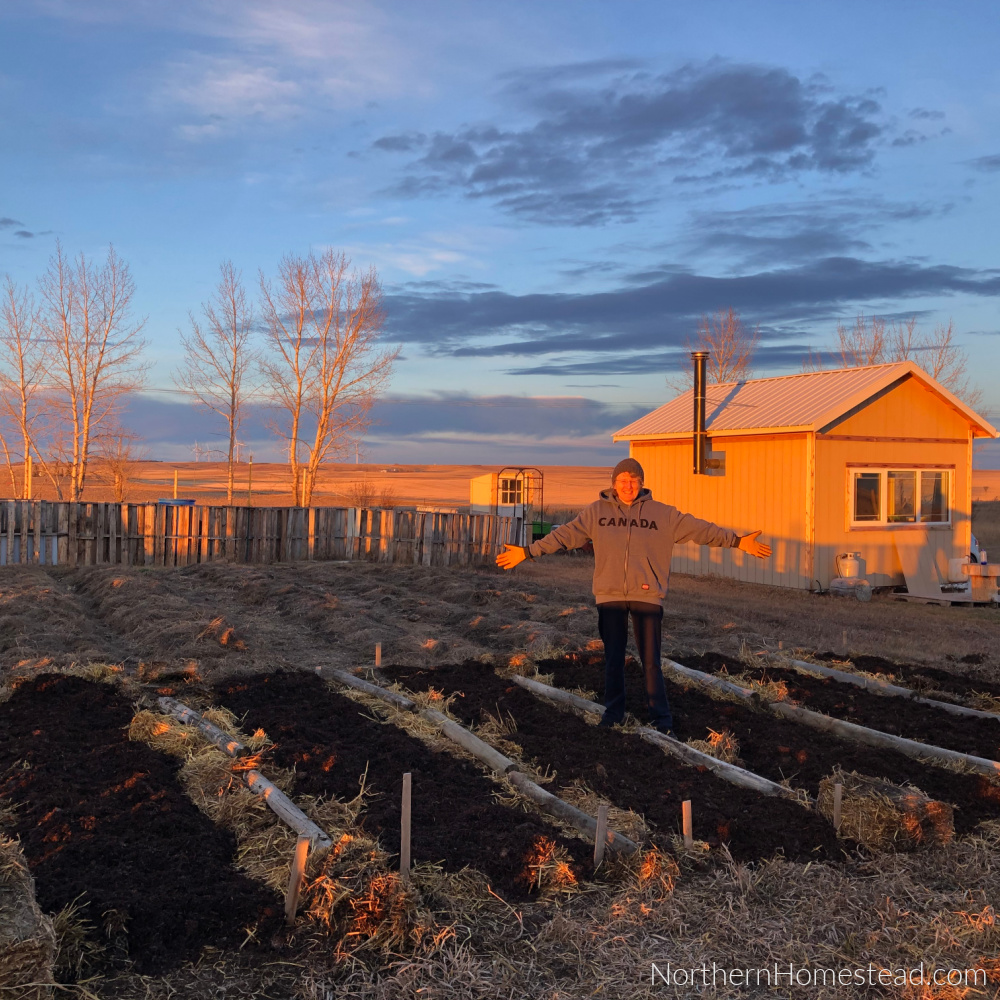

WOW. You put a lot of work into this, Anna! My yard would be easy for you – we have NO shade LOL There you go. But you would be SO proud of me – I have tomato plants in the ground!!! YAY ME!!! LOL
I am proud of you, congrats! No shade in Florida could get a bit warm though ;).
Yikes! The newest comment is from 2014??? Well, it is 2024 now…
And thanks for the tips. I have a bucket I use for winter composting but I like your bin idea better.
And the window garden is genius. Since I rotate my crops in my garden Ill need to find a way to set up windows easy enough to take down and move.
Yes, we have been blogging for a long time. Some of the older post do not get around so often. Thank you for your comment.
I’ve never thought of taking pictures every hour in order to do a shade survey. Great info! I missed you. Hope your Easter break was fun!
I did have a good break, thank you! Now back to gardening and blogging.
We just moved into this home last Autumn and it is mostly shady. I still want to have a garden though, and we have been debating the best location. This is a great idea to figure that out! Thank you 🙂
That is like us. The snow just melted here (almost all of it ;)), so fun finally to see the garden. Hope you find the right spot, happy to be of some help.
What a great idea.
I’ve heard of shade surveys before but never thought to do one, but after seeing your results and reading about how you where surprised with them, I’m thinking it might be a good idea for me to do this.
Thanks
Yes, I was surprised and am very happy I did this before making any plans. Now for the fun part of planning and actually designing the garden. I would recommend to do this.
That is some intense work there – we have the unfortunate backyard facing South/East so most of it is covered in shade by 3pm. However, we have a nice warm climate so it’s okay with us. We still have not put in our garden, but when we do it will be raised because of our sun issue.
East sun is good, and like you say a warm climate is more forgiving. happy gardening!
What a wonderful idea to conduct a shade survey! That was very interesting. We may need to consider doing that in our yard as we have lots of trees! The sun rises on the back of our home and sets in the front. I would prefer those were east/west for heating and cooling of the home. Someday, maybe we could build a house taking all of those things into consideration! Good information to have, thanks Anna!
You are welcome. To build a house where everything is just perfect would be great.
I need to do a shade survey of my property this year. There are areas that get so much sun early in the season but are shaded later when the sun shifts as the season progress. These areas would be ideal for planting greens such as lettuce and chard that don’t need full sun. Thank you for sharing at Green Thumb Thursday!
You are welcome, thank you for hosting! A shade survey is very helpful in planning a garden, no surprises, as the season progresses.
Very helpful. I need to do this in a few areas on our acreage.
Thanks for sharing at Green Thumb Thursday.
Hugs,
Valerie
It could help you to have a better garden. have fun gardening!